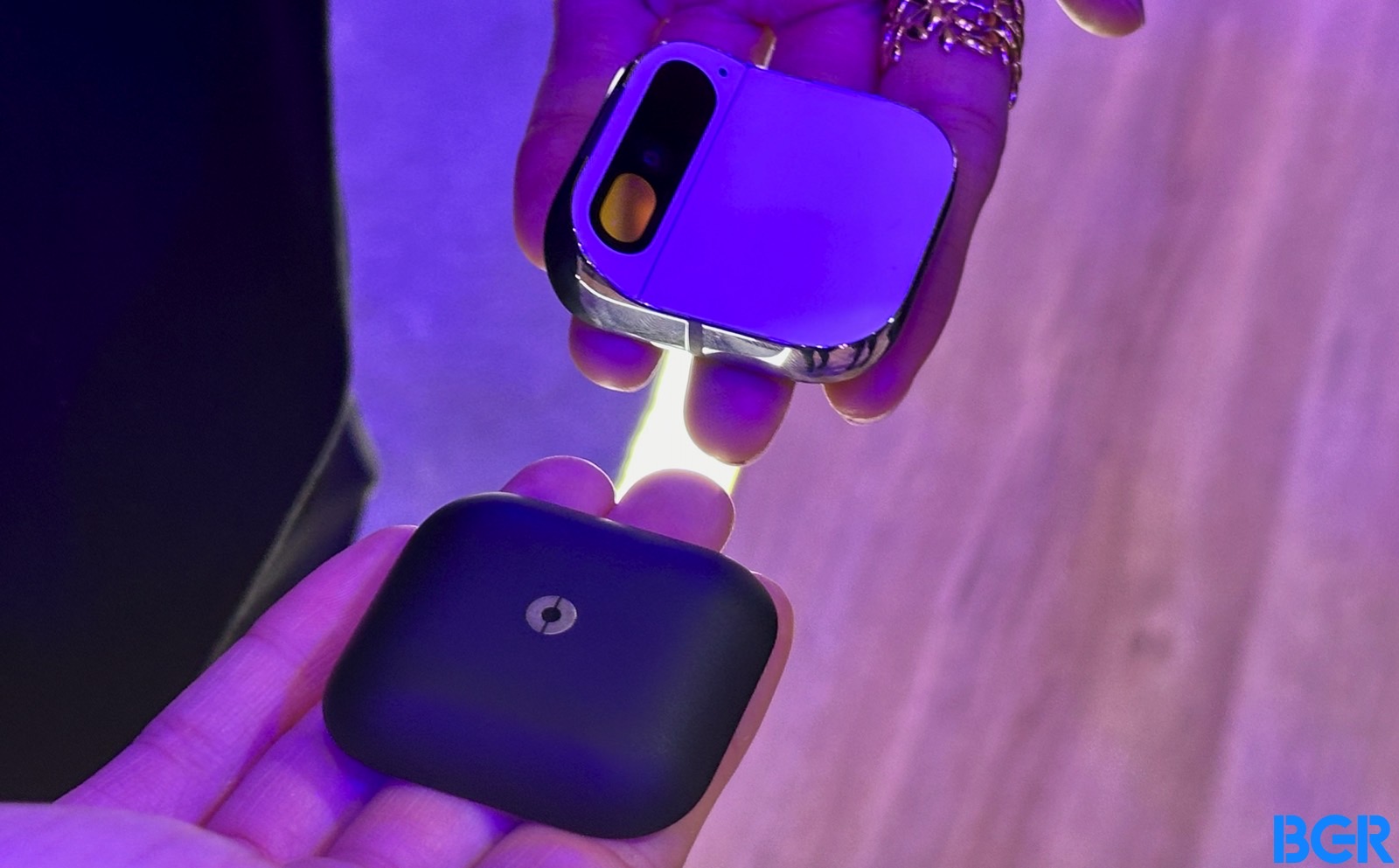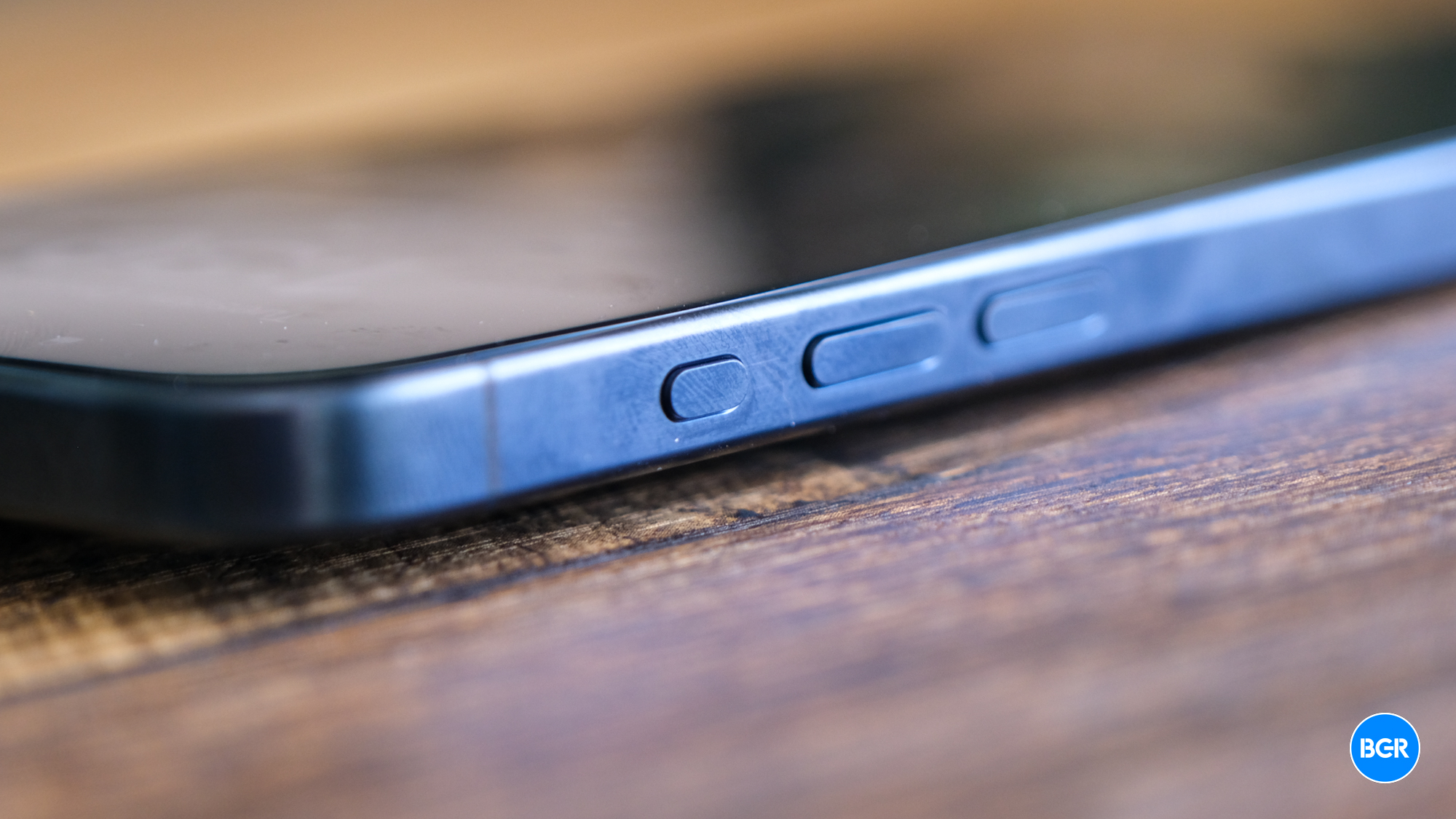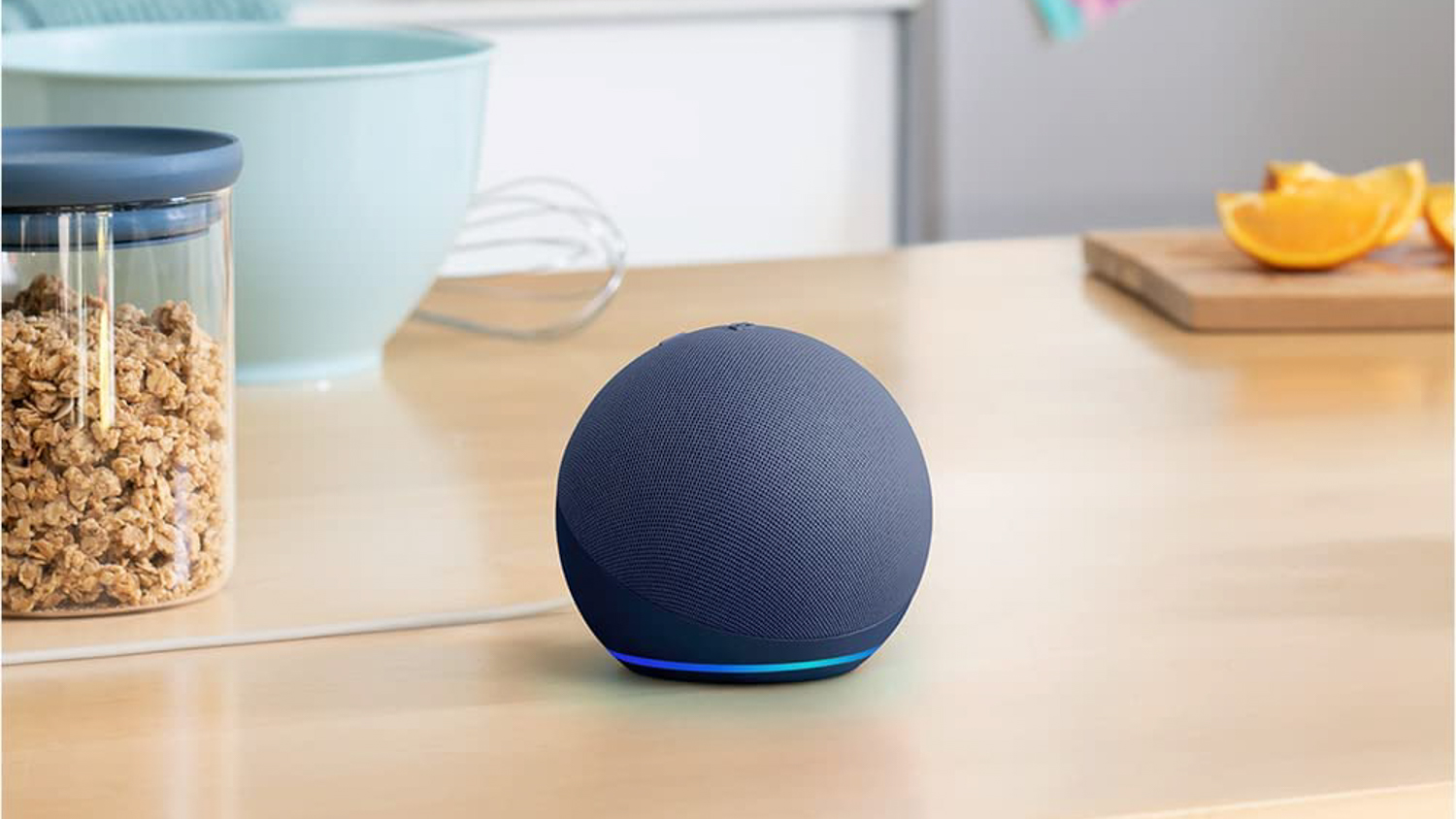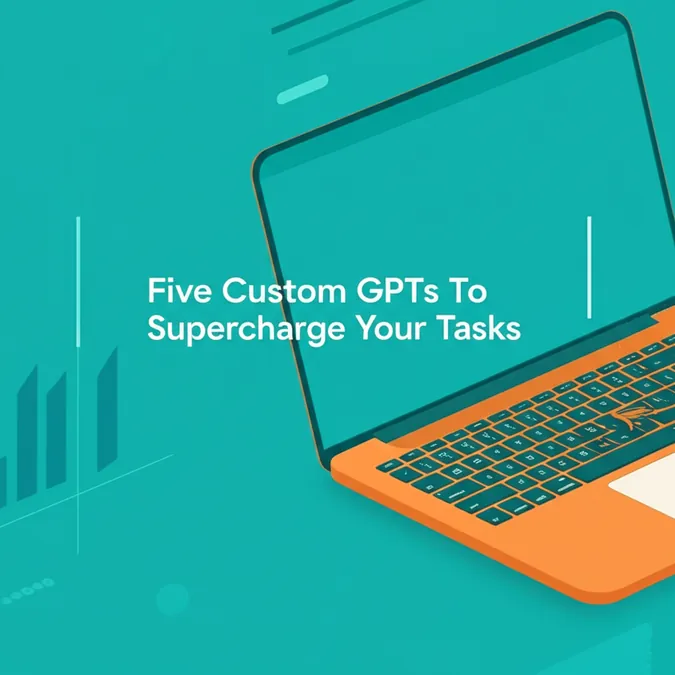Developer Offer
Try ImaginePro API with 50 Free Credits
Build and ship AI-powered visuals with Midjourney, Flux, and more — free credits refresh every month.
OpenAIs Next Frontier Ambient AI Hardware
Exciting speculation from a few years ago is now reality. Former Apple design expert Jony Ive is building the first ChatGPT hardware device, expected around 2026. This screenless gadget is designed to be carried everywhere, offering a personal ChatGPT AI experience unlike anything seen before.
It will likely feel and operate similarly to the Humane Ai Pin, a gadget that recently failed. However, there is one major difference. OpenAI possesses the resources and expertise to make the ChatGPT io device function smoothly, to use a phrase similar to Apples.
OpenAI acquired the Jony Ive startup for 6.5 billion dollars. io and LoveFrom, Jony Ives other design company, will manage the ChatGPT io design and manufacturing. Both companies employ many well known individuals who previously worked on Apple hardware and software, including products in use today.
io has already created a prototype device. OpenAI CEO Sam Altman has tried it. The CEO praised the gadget but did not display it. We only have an idea of its potential features from unofficial reports.
A few days later, OpenAI COO Brad Lightcap shared a major detail about how the ChatGPT hardware will function, considering there is no screen.
OpenAI is developing an ambient computer layer. This aligns with claims that ChatGPT io hardware will access contextual user information for more personal AI assistance. Lightcap explained the ambient computer concept. This concept is both exciting and concerning.
Unpacking the ChatGPT io Hardware Vision
Reports after the Sam Altman and Jony Ive announcement provided details about the unnamed ChatGPT io gadget. The device is intended to be a third core gadget. Users would carry it at all times, along with their iPhone and MacBook. This information comes from Sam Altman communications with OpenAI employees.
 The closest I got to the Ai Pin. Image source Chris Smith, BGR
The closest I got to the Ai Pin. Image source Chris Smith, BGR
Ming-Chi Kuo stated the gadget will be compact and elegant, similar to the iPod Shuffle, but slightly larger than the Ai Pin.
In the same internal meeting, Altman mentioned the ChatGPT device will be aware of the user surroundings and daily life. This suggests the gadget will include at least one microphone, a speaker, and a camera.
Altman leaked comments from the OpenAI internal meeting after the io announcement reflected what he said in the video with Ive.
Altman explained the necessity for a dedicated ChatGPT device. He stated the current method of interacting with the chatbot is too complex. Users must turn on a computer, open a browser, and load ChatGPT before interaction can begin.
Decoding the Ambient Computer Layer
Lightcap discussed how the ChatGPT io device will operate in an interview with The Wall Street Journal. The ambient computer layer was mentioned when asked how a screenless gadget would function in a world dominated by display based tech interactions.
The COO stated OpenAI has the opportunity to build an entirely new class of devices. However, he admitted he does not know what the io gadget looks like.
Lightcap said that every time there is a change in the underlying computing platform, there tends to be a corresponding change in the types of devices people use to engage with that platform. He said this before explaining the ambient computer layer.
 Close up of the iPhone 15 Pro Action Button. Image source Christian de Looper for BGR
Close up of the iPhone 15 Pro Action Button. Image source Christian de Looper for BGR
AI allows users to do things not possible with other computer types. Therefore, ChatGPT needs a gadget that simplifies interaction with the AI. This would avoid needing to open an app or press a side button on an iPhone.
The COO added it is a challenge for OpenAI to build truly personal AI. This hints at an experience different from current ChatGPT use cases.
OpenAI must adapt its software to real world complexity. The ambient computer layer addresses this. This new experience will feel more personal. It will also draw users away from screens. Instead of touch, users will talk to an always on AI computer, the ChatGPT io device.
The executive provided a few examples of how interactions with ChatGPT could change when using a dedicated gadget.
The focus will be on personal computing. This includes scenarios where the AI recognizes who is speaking. It would also use new social reasoning skills that OpenAI needs to develop.
Lightcap raised questions about AI understanding social context. For example, how would AI know who the user is talking to. He also wondered how it would know their relationship, referring to the interviewer.
He suggested that a user might want to say things to one person they would not say to another. Or, if present with family members, the tone of engagement would differ from interactions with colleagues.
AI in Daily Life The Promise and The Privacy Puzzle
Many have expected any ChatGPT device from Jony Ive and team to behave like an iPhone or Alexa powered speakers. Users might invoke the AI with a hotword. A button could also work.
However, Lightcap insights suggest there will be times users might want the AI to be active. It could record a meeting in real time. It might also assist at home while cooking or choosing entertainment, even with other people present.
 Amazon Echo Dot speaker. Image source Amazon
Amazon Echo Dot speaker. Image source Amazon
Eventually, AI might always be on. Users could also accidentally leave the ChatGPT device in listening mode. This is ambient computing. It is something people may have to adapt to over time.
This is also a concerning idea from a security and privacy perspective. Many worried Alexa was listening to everything, and sometimes it was. Allowing chatbots like ChatGPT to do the same sounds even more unsettling.
While AI first gadgets like the ChatGPT hardware expected next year are desired, strong assurances will be needed. Users will want confirmation that anything spoken near their ambient computer remains private and secure. These are considerations for the future.
Compare Plans & Pricing
Find the plan that matches your workload and unlock full access to ImaginePro.
| Plan | Price | Highlights |
|---|---|---|
| Standard | $8 / month |
|
| Premium | $20 / month |
|
Need custom terms? Talk to us to tailor credits, rate limits, or deployment options.
View All Pricing Details

